Non-presbyopes face greater risk of digital eyestrain from smartphone use
Non-presbyopic smartphone users tend to use shorter viewing distances and smaller font sizes, making them more prone to digital eyestrain compared to presbyopic users, who use longer viewing distances that align with conventional near-working distances, according to a study. Eye care practitioners should consider these differences when assessing near-visual needs and promoting healthier smartphone usage habits.
The study measured viewing distances and font sizes in 107 non-presbyopic and 53 presbyopic participants while they read text messages and web pages on their smartphones. Participants also completed a questionnaire assessing symptoms of digital eyestrain (DES).
Presbyopes used longer median viewing distances (41 cm for text messages and 40 cm for web pages) compared to non-presbyopes, who preferred 34 cm for both tasks. Font sizes also differed, with non-presbyopes using smaller fonts (<1.0 M) and presbyopes opting for larger fonts (>1.2 M). Non-presbyopes were more than twice as likely to experience symptoms of DES compared to presbyopes.
The findings suggest that non-presbyopes’ shorter viewing distances and smaller font sizes may increase their susceptibility to digital eyestrain. For presbyopes, viewing distances closely matched the standard near-working distance of 40 cm.
Reference
Naipal S, Khumalo N, Rahmtoola M, et al. Viewing distance, font size and symptoms of eyestrain in non-presbyopic and presbyopic smartphone users. Ophthalmic Physiol Opt. 2025;45(1):269-279. doi: 10.1111/opo.13410. Epub 2024 Oct 25. PMID: 39450682; PMCID: PMC11629835.

Contact Info
Grandin Library Building
Six Leigh Street
Clinton, New Jersey 08809


